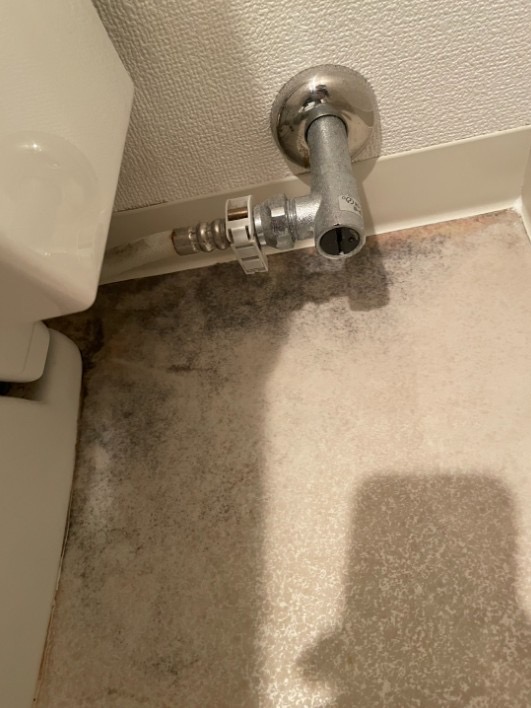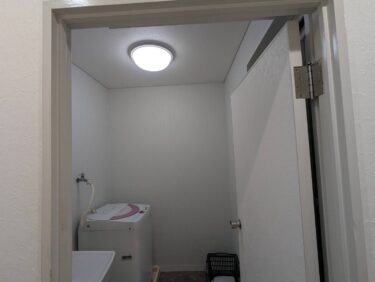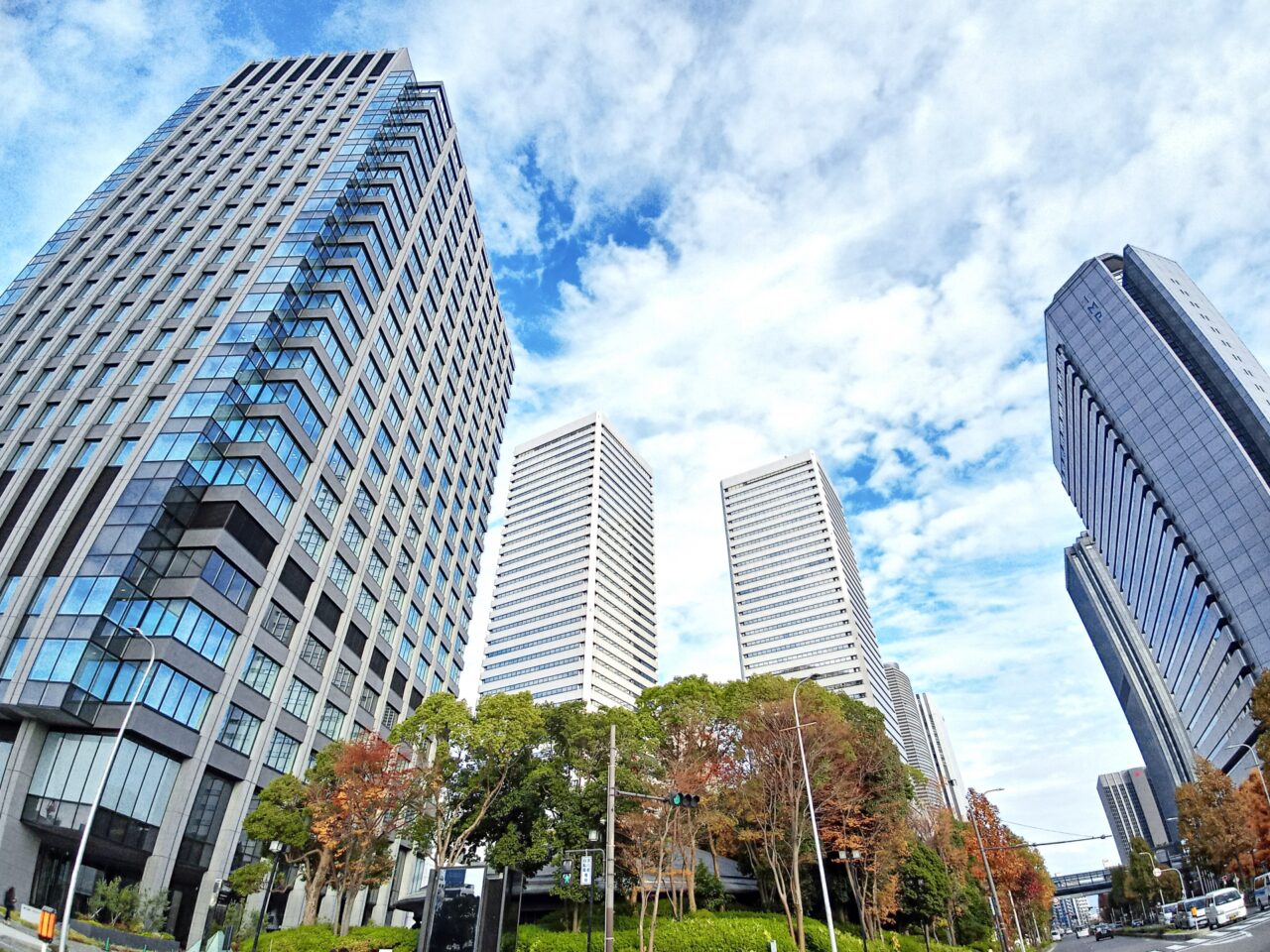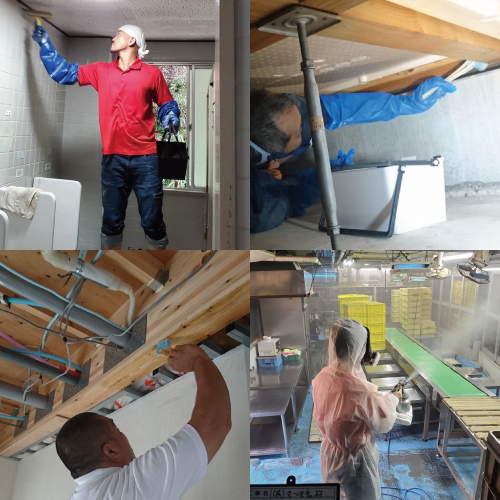Issue raised In luxury homes and public housing, there are an increasing number of cases where mold on wallpaper and moisture stains under floors and ceilings lead to a decline in property value. This not only affects appearance but also structure and health, and leaving it unattended may result in significant losses. What you will learn by reading This blog provides a detailed explanation of the causes of mold damage caused by wallpaper, ceilings, floors, and leaks, as well as their relationship to property value, and introduces prevention and countermeasure methods, investigation techniques, and tips for choosing a professional contractor that are suitable for each. Benefits of reading Readers will gain knowledge on how to quickly detect and deal with appearance, structure, and health risks caused by mold, and can obtain a comfortable and safe living environment while maintaining property value.
1. Mold Damage in Luxury Homes
Luxury houses offer elegant design and high asset value—but unseen mold can undermine both beauty and structural integrity. Mold hidden in wallpaper, ceilings, or crawl spaces poses risks not only to health but also to long‑term property value.
1.1 The Reality of Wallpaper and Ceiling Discoloration and Mold
Yellow or black stains on wallpaper are often subtle signs of mold fueled by humidity. Airborne spores settle behind wall surfaces or in ceiling cavities and proliferate when moisture and temperature conditions are favorable. By the time visible spots appear, mold may already have colonized beneath finishes, often undetected until it’s too late. Even minor stains indicate possible spread into drywall or structural materials, making superficial cleaning inadequate.
1.2 Why It Directly Affects Property Value
Buyers of high‑end homes expect impeccable interiors. Mold spots suggest poor maintenance and raise red flags during valuation. Damp stains alone can reduce resale value by tens of thousands of dollars. If mold hints at deeper issues—such as leaks or structural moisture—inspectors may discount value further. Maintaining both visual quality and structural health is essential to preserving asset worth.
2. The Relationship Between Wallpaper Mold and Property Value
Mold on wallpaper isn’t just cosmetic. It alters perceptions of quality and may signal underlying moisture problems. This chapter explores how wallpaper mold impacts valuation and how to mitigate risk.
2.1 Appearance Deterioration and Its Impact on Appraisals
Buyers notice interior finishes first. Mold stains or discoloration influence opinion immediately—especially in luxury properties where even minute blemishes matter. Appraisers may downgrade value if wall coverings require replacement, deducting repair costs. Widespread mold can erode confidence in building integrity, compounding value loss.
2.2 Choosing Mold‑Resistant Wallpaper and Its Benefits
Some wallpapers feature mold-resistant treatments, breathability, or moisture-barrier coatings. Materials like vinyl or moisture-regulating papers help prevent condensation buildup and inhibit mold. Natural fiber wallpapers or those with desiccant layers also reduce risk. Choosing appropriate coverings preserves both aesthetics and long‑term property value.
3. Structural Degradation via Crawlspace, Attic, and Leaks
Areas like crawlspaces and attic voids are often overlooked yet harbor moisture that damages structure. Mold and leaks in these regions can lead to serious deterioration.
3.1 Moisture and Leakage Risks Underneath the Floor
Hidden crawlspaces allow humidity and occasional leaks to go undetected, enabling decay and mold growth in wood framing. Over time, this leads to sagging floors, squeaks, and structural weakening. Moisture here also affects humidity levels throughout the home, accelerating deterioration if not monitored.
3.2 Water Intrusion from Roof Leaks and Attic Condensation
Attics are prone to temperature differentials that cause condensation on insulation and wood framing. Persistent dampness fosters both mold and wood rot. Moreover, roof leaks saturating ceiling materials can lead to collapse if ignored. Stains or paper discoloration often signal urgent investigation and repair is needed.
4. Mold Risks in Public Housing and Multi‑Unit Buildings
Publicly managed housing and shared structures face mold risks stemming from aging building systems and tenant turnover.
4.1 Areas to Monitor in Public‑Housing Complexes
Older structures may lack adequate ventilation or insulation, especially in bathrooms, kitchens, laundry spaces, and north-facing rooms. Humidity accumulates, fostering mold in common and private areas. Residents may rely on management for interventions, which delays response and allows mold to spread.
4.2 Management Liability and Tenant Disputes
Mold triggered by leaks or poor communal maintenance often results in disputes over responsibility and cost-sharing. Identifying fault—tenant versus management—is legally complex. Transparent inspection protocols and prompt issue escalation are essential to prevent conflicts.
5. Ventilation and Mold in High‑Insulation, Airtight Homes
High-performance, airtight homes offer thermal efficiency but can trap moisture, raising mold risk—especially without proper ventilation design.
5.1 Structural Drivers of Mold due to Insufficient Airflow
With very tight construction, condensation from cooking, bathing, or daily activity accumulates indoors. Without vigorously functioning ventilation, moisture stagnates, causing mold near windows, vents, or within walls. Designers must integrate ventilation strategies; homeowners must remain vigilant in practice.
5.2 Prevention via Ventilation and Humidity Control
A continuously operating ventilation system is crucial. Combined with humidity sensors or dehumidifiers maintaining ~50 % relative humidity, mold can be avoided. Cleaning filter systems, spacing furniture from walls, and placing desiccants in storage zones help maintain airflow and prevent hidden moisture buildup.
6. Importance of Early Detection and Regular Inspections
Detecting mold early prevents widespread damage. Regular monitoring—even in unseen areas—can save costly repairs and preserve asset condition.
6.1 Recognizing Signs: Discoloration, Odor, and Dampness
Initial symptoms include faint staining on walls, mold odor in closed rooms, or tactile dampness on surfaces. Seasonal changes like increased condensation during humid or cold seasons warrant extra vigilance. Press lightly against surfaces; check closets, under sinks, and behind furniture frequently.
6.2 Thermal Imaging and Moisture Metering as Diagnostic Tools
Professionals leverage tools like thermal-imaging cameras and moisture meters to detect hidden moisture. Thermal imaging reveals temperature anomalies signaling condensation zones; moisture meters quantify wood and drywall water content. Early professional diagnostics enable targeted remediation before visible mold spreads.
7. Professional Mold Removal & Advanced Techniques
Home remedies often fail against embedded mold. Professional intervention—especially with advanced methods like MIST®—ensures permanent removal and healthier interiors.
7.1 Why Deep Removal Requires Skills & Specialized Equipment
Mold roots embed deep in building materials; surface cleaning rarely suffices. Professionals assess mold species, humidity sources, and select custom treatment modalities. Their expertise prevents recurrence and ensures comprehensive remediation.
7.2 Features of Advanced Technologies like MIST Method®
MIST Method® is a proprietary mold remediation technique tailored to material types. It uses a fine mist of specially formulated agents absorbed into substrates without scrubbing or sanding, preserving delicate materials. It is safe for occupant health and followed by a durable anti-mold finish that neutralizes airborne spores, offering sustained protection.
8. From Remediation to Long‑Term Prevention Workflow
Effective mold control encompasses inspection, removal, remediation, and maintenance. A systematic approach protects building longevity and value.
8.1 Workflow: Inspection → Removal → Repair → Anti‑Mold Treatment
First, identify moisture sources and scope illness via imaging or moisture testing. Next, removal of mold using appropriate agents. Then, repair or replace damaged materials. Finally, apply anti-mold treatment that penetrates substrates and protects against future spore settlement.
8.2 Regular Maintenance for Continuing Protection
After remediation, maintain humidity levels within optimal ranges (50–60%), use ventilation, and monitor seasonal changes. Annual or biannual professional inspections help detect recurrence early. Small issues caught early cost far less and protect value more effectively.
9. Specific Remedies for Wallpaper, Crawlspace, and Leak Cases
Tailored interventions are needed depending on the mold location—whether on wallpaper, underfloor areas, or due to roof leaks.
9.1 Wallpaper Replacement and Material Upgrades
Before replacing wallpaper, investigate root causes like condensation or water infiltration. Use mold-resistant primers and high-quality mold‑resistant wall coverings. Maintain airflow near walls and use moisture absorbers inside closets. In some cases, replacing with humidity-regulating materials offers lasting prevention.
9.2 Crawlspace Repairs and Leak Restoration Examples
Crawlspace mold requires improved ventilation, installation of vapor barrier sheets, and optional mechanical vent fans. Mold on wooden joists demands removal, treatment, and structural inspections. Roof leaks leading to ceiling stains are sealed via exterior waterproofing, followed by insulation and drywall replacement plus mold prevention sprays. Professional verification ensures interior mold isn’t hiding beneath finishes.
10. Comprehensive Checklist for Asset Value Preservation
Luxury or investment properties require careful ongoing inspection to maintain both appearance and structural soundness.
10.1 Checklist for Owners of Investment or Prestige Properties
Review periodically for:
-
Stains or discoloration on walls or ceilings
-
Musty odors or dampness in storage or underfloor spaces
-
Cracks or wear in roof, exterior walls, or drainage systems
-
Proper functioning of ventilation systems (incl. 24‑hour systems)
-
Clean and clear gutters, downspouts, and drainage channels
Schedule these inspections seasonally or annually to catch early warning signs before hidden damage accelerates.
10.2 Guidelines and Recommendations for Developers or Management Associations
Managing entities should monitor humidity levels, inspect common areas, and respond promptly to tenant reports. Housing agreements should include mold‑prevention clauses and responsibility frameworks. Regular disclosure of inspection results builds trust and ensures building-wide asset protection through cooperative, proactive maintenance.
Our Service: Moldbusters Osaka, Kabitori Reform Tokyo & Nagoya (by Taikō Kensō Co., Ltd.)
For luxury homes, public housing, and investment properties at risk from mold, turn to Moldbusters Osaka, Kabitori Reform Tokyo, and Kabitori Reform Nagoya, all divisions of Taikō Kensō Co., Ltd. We deliver professional mold remediation and renovation services under one roof.
Our standout strength is seamless integration of mold removal and renovation. Rather than engage separate mold specialists and general contractors, we handle your entire project—from diagnosis to anti‑mold treatment and full interior or exterior reform—within our company. That means fewer contracts, smoother scheduling, and consistent quality.
Our Proprietary MIST Method® for Safe Mold Removal
We employ the exclusive MIST® Method, which adapts its mold removal agents to each material—whether wood, drywall, or wallpaper—soiling without scrubbing. The method cleanses deeply while preserving quality of finishes. Our agents are proven safe for humans, suitable for homes with children or elderly residents. Anti-mold coatings afterwards effectively inhibit future spore growth both on surfaces and in the air.
Full‑Service Renovation for Asset Value Enhancement
Taikō Kensō specializes in comprehensive renovation services:
-
Wallpaper and ceiling replacement
-
Floor restoration or reflooring
-
Interior remodeling, including layout reconfiguration
-
Exterior painting, waterproofing, and roof repair
-
Bathroom, kitchen, and toilet upgrades
-
Aging‑in‑place adaptations and barrier‑free modifications
All work is performed in-house under direct company supervision, allowing faster turnaround and transparent pricing. Especially where mold has damaged finishes, we restore beauty, durability, and functionality—boosting market value significantly.
Excellence in Specialized Properties
Our teams routinely serve heritage structures, designer homes, reinforced concrete and hybrid constructions, maintaining architectural integrity and visual appeal while delivering effective mold and moisture control. We tailor solutions to complex materials and bespoke designs.
Mold stains on wallpaper, hidden moisture beneath floors, attic condensation, or roof leaks—whatever your concern, Moldbusters Osaka, Kabitori Reform Tokyo, and Kabitori Reform Nagoya are ready to help. Contact Taikō Kensō Co., Ltd. for expert service that protects both your living environment and long‑term investment.





